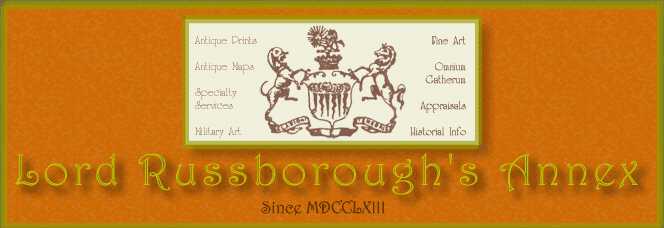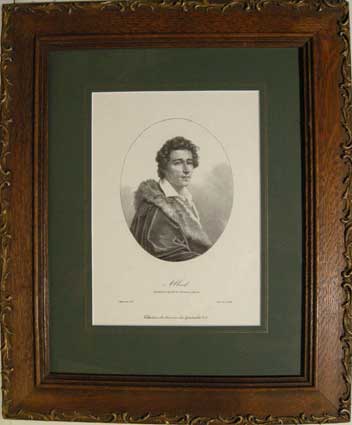François Decombe aka. 'Albert' (orig. François Decombe;b Bordeaux, 10 Apr. 1787 (some sources say 1789), d Fontainebleau, 19 July 1865). Was a French ballet dancer, choreographer and Dance Master who used the stage name 'Albert'. He studied from the age of 10, with one short lapse, making his debut in Bordeaux in 1799. He became premier danseur at the Théâtre de la Gaité in Paris and in 1808 (some sources say 1803) moved to the Paris Opera where he was also ballet master (1829-42). He also worked in London at various times between 1821 and 1845, in Naples (1825), in Vienna (1830), and in Brussels (1838-40). At a time when male dance style was moving towards athletic technique Albert continued to exemplify the refined nobility of 18th-century ballet. He was considered the most handsome dancer in Europe.
He created roles in Gardel's Paul et Virginie (1806), F. Taglioni's Aglaë (London version 1841), and his own The Marble Maiden (1845). He choreographed several other ballets, including Cendrillon (mus. A. Sor, Paris, 1823), La Jolie Fille de Gand (mus. Adam, Paris, 1842), and the ballet divertissements in Donizetti's opera La Favorite (Paris, 1841).
As a teacher he developed systematic methods for improving the strength and stamina of his pupils, publishing a manual L'Art de la danse à la ville et a la cour.



